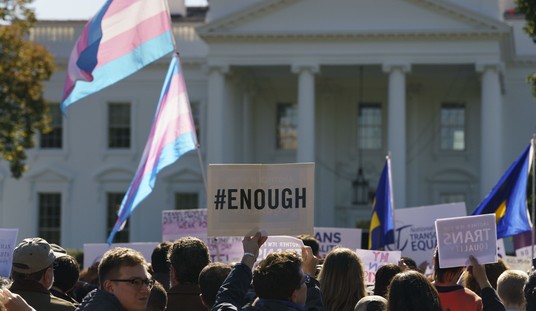This gives demographers a chance to see where the nation is growing and where it is not, and to get an idea of the destination of immigrants and of the flow of people into one set of states and out of another.
Nationally, the Census Bureau estimates that the United States has grown from 308 million people when the Census was conducted in April 2010 to almost 313 million in July 2012, a rate of 1.7 percent. If that continues through the decade, the nation's population will rise at a lower rate but by a larger number in this decade than it did in 2000-2010.
The fastest growth in the last two years has been in two small enclaves -- in the District of Columbia (5.1 percent), thanks to the federal government and gentrification, and in North Dakota (4 percent), thanks to the Bakken shale oil boom.
Neither is up to 700,000 people yet, though North Dakota, after nearly a century in the 600,000s, is almost there.
The next-fastest growth rate is in the giant state of Texas. Its population rose 3.6 percent, to 26 million. This single state accounts for 18 percent of total U.S. population growth.
Two other states grew more than 3 percent, Utah and Colorado, thanks to high birth rates and newcomers eager to live near ski areas. And Florida, where growth stagnated after the housing bust, grew at 2.7 percent.
The two biggest growth states of the last two decades, Nevada and Arizona, are growing again, but at a pace behind Washington state and at about the same rate of the South Atlantic states of Virginia, North Carolina, South Carolina and Georgia.
Recommended
The two states that lost population in the last two years are economically beleaguered Rhode Island and Michigan. But Michigan seems to be rebounding, growing enough in the last year that its 2010-12 estimated population loss was only 275 people.
Immigration is sharply down from the levels of 1982-2007. International migration, as the Census Bureau calls it, was only 0.6 percent of 2010 population in the last two years. It topped the 1 percent level only in New Jersey, New York and Florida.
To judge from the statewide figures, immigrants have stopped heading in large numbers to the heartland and have mostly been going to a few metro areas -- New York, Boston, Washington, Miami and Orlando.
Immigration is only slightly above the national average now in California and Nevada and below it in Arizona, with its immigration enforcement laws. Net Mexican immigration has halted. California is likely getting more Asians than Hispanics.
Movement within the country has been at low levels; people tend to stay put when economic times are bad, as they did in the 1930s.
But New York, New Jersey, Connecticut and Illinois did see an outflow of more than 1 percent of their 2010 populations. People evidently aren't enamored of their high (and in Connecticut and Illinois, increased ) tax rates.
And there was significant outflow from the auto states of Michigan and Ohio, as well. But outflow from California was much lower than in the past and amounted to less than half of the immigrants who moved in.
The biggest domestic inflow in percentage terms, though the numbers aren't huge, was to booming North Dakota and the District of Columbia, 2.6 and 2.4 percent of their 2010 populations. That's big in just two years.
After that, the biggest inflows in percentage terms were in the second-largest and soon to be third-largest states, Texas and Florida, and in Colorado. Tampa, Orlando, Houston, Austin, Dallas and Denver are drawing people in.
Nationally, natural increase -- the excess of births (8.9 million) over deaths (5.6 million) -- was almost double the number of immigrants (1.8 million).
The highest rates of natural increase were in majority-Mormon Utah and then, well behind, in California and Texas, both 38 percent Hispanic in 2010. Babies seem to come disproportionately to opposite ends of the political spectrum.
The big stories: the Bakken shale, big government, the Texas boom and the continued slide down I-95 from the Northeast to the South Atlantic from Washington, D.C., to Florida.

























Join the conversation as a VIP Member